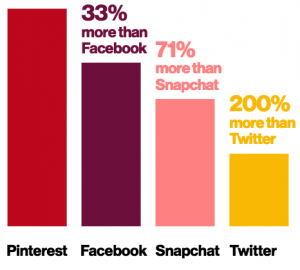inPowered is helping brands target engaged visitors.
Time on page is a familiar metric for content success, although it’s obvious that a page can be left open with no engagement happening. inPowered, the AI-driven content marketing, has proposed a minimum 15 seconds of engagement as optimal, and is reporting positive business outcomes.
Post CPC/CPM metrics. The intention is to get away from vanity metrics or meaningless total traffic reporting, and focus on visitors who are actually engaged with a piece of content. Data is used to drive a post-click customer journey, with AI making recommendations for next best action.
AI-driven content distribution, including re-targeting the 15 second-plus visitors, is said by inPowered to show superior ROI to DSP and ad-network buys.
Case studies. The claims are supported by several case studies. For Travel Nevada, inPowered use the 15 second engagement model to send interested visitors a CTA, directing them to a landing page to further engage with the website. The result was a doubling of average time spent on site over the benchmark, and an increase from 1.5 to 2.28% on click-thru to another article of video.
For a major financial brand, adopting inPowered’s metric for a blog saw an increase from 14 to 95 seconds average time spent on site, and an increase of around 8% in positive impact, as measured by content intelligence solution Knotch.
inPowered won an ANA B2 Award for Best Use of AI/Machine Learning last month.
Why we care. A lot of work has gone into using AI to analyse digital behavior and make content recommendations based on it. Being able to target and re-target website visitors who actually care about the content will drive better results.
Marketing Land – Internet Marketing News, Strategies & Tips
(9)





